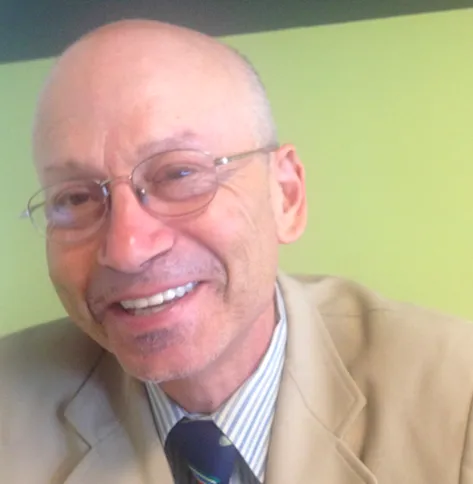Irvin Dawid discovered Planetizen when a classmate in an urban planning lab at San Jose State University shared it with him in 2003. When he left San Jose State that year, he took with him an interest in Planetizen, if not the master's degree in urban & regional planning.
As a long-time environmental activist, he formed the Sustainable Land Use committee for his local Sierra Club chapter and served six years on the Bay Area Air Quality Management District’s Advisory Council from 2002-2008. He maintains his interest in air quality by representing Sierra Club California on the Clean Air Dialogue, a working group of the Calif. Environmental Dialog representing business, regulatory and public health/environmental interests.
Major interests include transportation funding, e.g., gas taxes, vehicle miles traveled (VMT) fees, road tolls and energy subsidies that lead to unlevel playing fields for more sustainable choices.
He hails from Queens (Bayside) and Long Island (Great Neck); received an AAS in Fisheries & Wildlife Technology from SUNY Cobleskill and a B.S. from what is now Excelsior College.
After residing for three years on California’s North Coast, he’s lived on the San Francisco Peninsula since 1983, including 24 years in Palo Alto. Home is now near downtown Burlingame, a short bike-ride to the Caltrain station.
He’s been car-free since driving his 1972 Dodge Tradesman maxi-van, his means to exit Long Island in 1979, to the junkyard in 1988.
Major forms of transportation: A 1991 'citybike' and monthly Caltrain pass, zone 2-2. "It's no LIRR, but it may be the most bike friendly train in America."
Irvin can be reached at [email protected]
How The Golden Gate Bridge Got Into Transit
Unlike the nearby Bay Bridge that was built to accommodate the Key System streetcars, the Golden Gate displaced existing ferry service. Carl Nolte, the Chronicle's historian, provides the background for the 40th anniversary of its ferry service.
Commuter RR To 'Double-Deck' To Increase Capacity
More capacity for the same cost is the case with double-decker commuter cars -- if they can fit into tunnels, that is. Bi-level train were once more common in the commuter trains serving NYC. However, these cars can have their own disadvantages.
Congestion Pricing, Carpool Charging And Driver Behavior
KALW's transportation reporter takes a ride across the Bay Bridge during the peak period to experience the new travel patterns brought on by the Bay Area's first experience with congestion pricing - she interviews a UC specialist in human behavior.
Bay Area High Speed Rail Debate: City Vs. Suburb?
The San Francisco Peninsula stretch of the LA-SF high speed rail line appears to be stirring up as a classic debate between suburban San Mateo and Santa Clara Counties.
Berkeley's BART Tunnel Should Be Model For Peninsula Rail Opponents
San Mateo County, hotbed of opposition to high speed rail, including numerous lawsuits, might be better served by following the 1960s Berkeley example in passing a bond to tunnel the train through the impacted cities, suggests local editor.

























